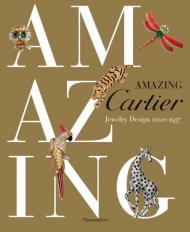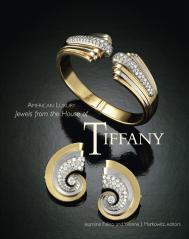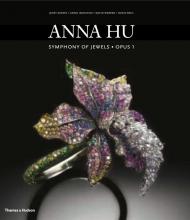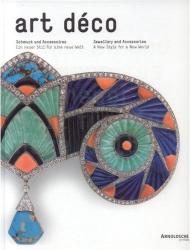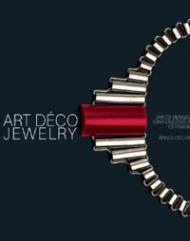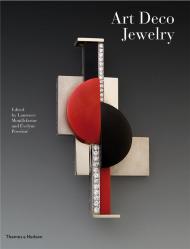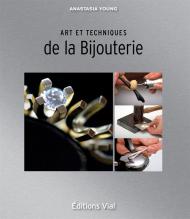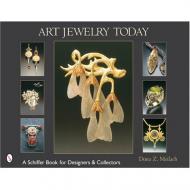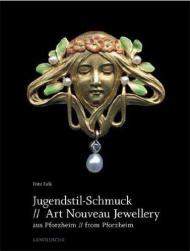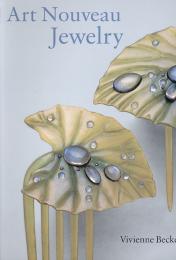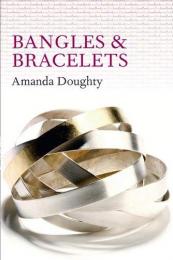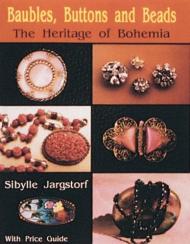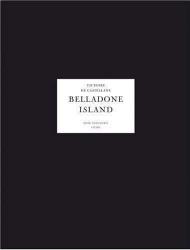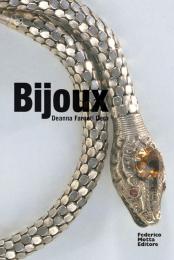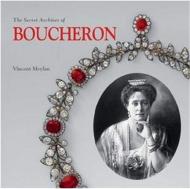Cartier’s peerless designers have continued to amaze decade after decade - from the 1930s into the twenty-first century - with their fanciful and trendsetting creations. Figurative pieces comprise a significant portion of the house’s collection - a veritable menagerie that includes bejeweled roosters and cobras cohabitating with tigers and angelfish. In addition to whimsical fauna and resplendent flora, Cartier crafted items of precisely mastered abstraction, from virtuoso work in gold to chromatic harmonies ranging from subtle to bold. The second half of the twentieth century was to provide an inexhaustible repertoire of forms for decorative objects and finery. Close-ups of hundreds of Cartier pieces are supplemented with archival drawings, as well as society and fashion photographs. This volume chronicles the rise of a pioneering firm and illustrates the power of constantly renewed styles based on a fine balance between imagination and know-how, creativity and experience. Fashion writer Nadine Coleno situates the emergence of Cartier’s creations in their historical and stylistic context. This volume offers an eloquent tribute to the multiple talents that have transformed the name of a dynasty of jewelers into the universal gold standard in jewelry design.
Издательства
- Rizzoli (19)
- Thames & Hudson (18)
- Flammarion (9)
- ACC Art Books (8)
- Yale University Press (2)
- Promopress (2)
- Skira (2)
- Smith Street Books (1)
- Flame Tree Publishing (1)
- Phaidon (1)
